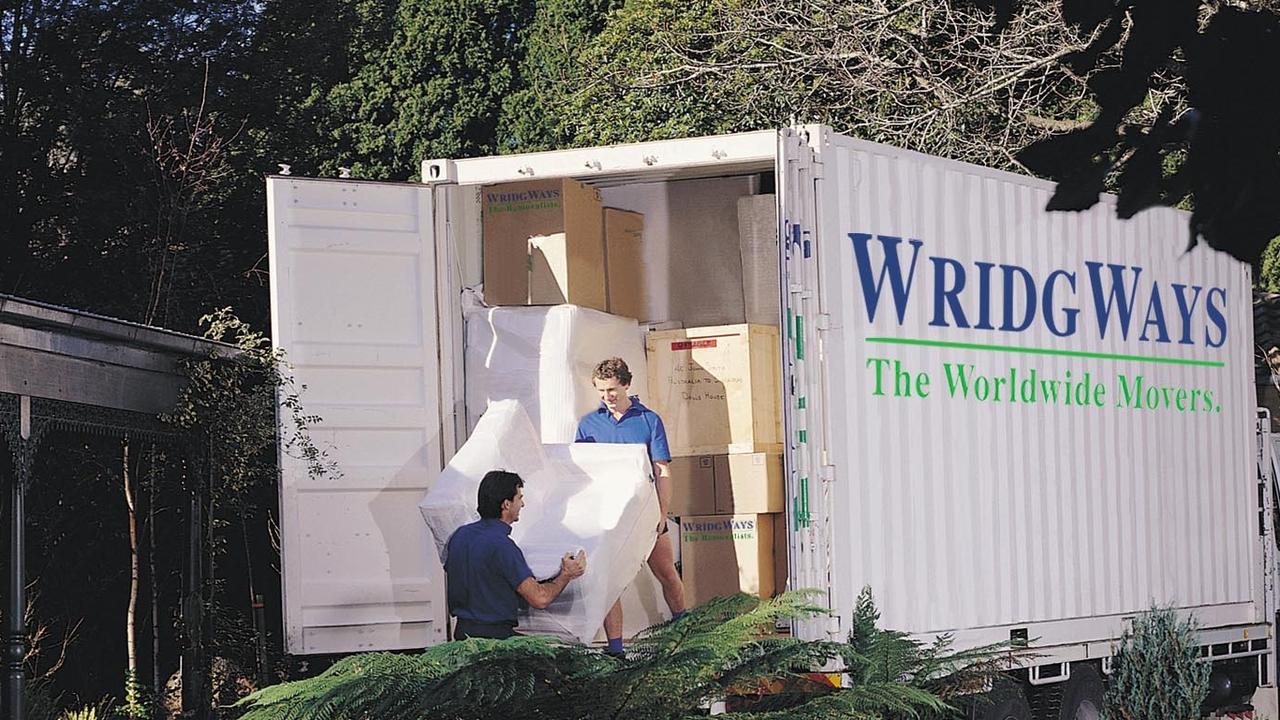Anger rises as Hobart gridlock worsens
COMMUNITY pressure is building on the State and Federal governments to break Hobart’s rapidly escalating gridlock nightmare.

COMMUNITY pressure is building on the State and Federal governments to break Hobart’s rapidly escalating gridlock nightmare.
Infrastructure Minister Rene Hidding told the Mercury he had asked his department to provide advice on the increasing traffic congestion, especially in the morning and afternoon peaks.
And general manager State Roads Shane Gregory said the traditional spike of increased traffic on Hobart roads usually died down after the Christmas school holidays, but had not budged.
“The spike is a bit more prominent and hanging around for longer — we don’t know why,” he said.
It comes as:
READERS have inundated the Mercury with daily complaints about traffic issues to and from the city.
HOBART Lord Mayor Sue Hickey described congestion as a “nightmare” and said the council would continue to push for better public transport options and was continuing to work with Glenorchy Council on the future use of a rail corridor between the two cities.
FELLOW council Alderman Marti Zucco says workers should stagger their arrival and departure times to ease congested roads.
Ald Hickey said she had little doubt the city’s traffic woes were compounding.
“It’s a nightmare,’’ she said.
“I’m still stunned at the number of single car drivers and I’m one and my partner is one.”
Ald Hickey said if there was an efficient bus/train solution she would use it — plus use a small electric car in town.
“In a burgeoning city limited by roads built a century ago we have to have consensus as a community whether we are prepared to car pool and to lobby Metro for dedicated bus lanes,” she said.
Mr Gregory said the Department of State Growth was doing modelling to understand shifting traffic patterns.
He said changing Liverpool St from a two-lane 50km/h road to a one lane 30km/h road, and construction work in Macquarie and Liverpool Sts, had slowed traffic and compounded the congestion.
There had also been an increase in car registrations.
Department figures show average daily traffic movements have been increasing by about 1.3 per cent a year since 2008 on the CBD’s three main arteries.
Average daily traffic movements on the Tasman Bridge have increased from 63,999 in 2008 to 68,571 last year, while on the Southern Outlet near Proctors Road, average daily traffic movements increased from 31,458 in 2008 to 34,423 last year.
Average daily traffic movements on the Brooker Highway near Risdon Road increased from 50,394 in 2008 to 53,625 in 2013 — the most recent figures available.
Ald Zucco is calling on the Hobart City Council to prepare a report on ways to ease the gridlock.
The plan, to be voted on by the council next month, would include staggering staff start and finish times for the council’s workforce; urging the State and Federal Government and large CBD employers, to stagger the start times for workers; and encouraging public and private schools to change start times.
“The current workforce of the council is around 600 employees, and staggering their commencement times could play a small part in assisting in the peak times in the morning and evening,” Ald Zucco said.
The council also is continuing to work with Glenorchy Council on the possibility of reopening the rail corridor between the two cities.
Ald Hickey said she was not wedded to what kind of public transport could use the corridor it in the future.
“Forget whether this is about light rail or not — it’s about preserving the corridor and looking at all the benefits for the two cities,” she said.
“There is a federal election about to come up, with a Prime Minister who is begging for something to do in the Denison region and he’s a passionate light rail, public transport supporter.”
The president of the Planning Institute of Australia Tasmania Division, Alex Brownlie, agreed this was a step in the right direction.
Major public transport projects, such as the Adelaide O Bahn high frequency bus service, worked well for the commuters of that city, he said.
“When I lived here 23 years ago when you got caught in a traffic jam you would think “Oh, its only a Hobart traffic jam, its not like a big city,” he said.
“Now it is — we are the big city.”
Mr Gregory said road managers, across state and local government, were working together to ease congestion, but he agreed long-term changes included getting more people on public transport.
“Building a larger capacity for traffic is not a reality and we will continue to experience significant delays but just because the city is getting busier doesn’t mean that’s just the way it is,” he said.
The city was “a long way off a major infrastructure spend” and there were “a whole range” of traffic management options available, he said.
TRAFFIC FACTS:
■THE Southern Outlet carried 33,900 cars a day in 2015, 3 per cent growth a year from 1982, when it carried 13,000 cars a day.
■ THE State Government wants to increase the population of Tasmania by 150,000 to 650,000 by 2050 — half of whom are expected to live in Hobart.
■ IN January 2016 there were 56,559 registered vehicles in Clarence, 51,553 registered in Hobart and 46,049 in Glenorchy.
■ WEEKDAY occupancy rates reach as high as 98 per cent of the 2500-plus car spaces in the multi-storey council- owned carparks in the CBD.
■ STATE Growth has collected $320 million worth of registration and licencing fees on 583,161 registered vehicles and from 271,575 licenced car drivers, 46,562 licensed motor bike riders and 64,819 licenced heavy vehicle drivers in 2015.
■ FEDERAL Government infrastructure funding for Hobart roads for 2015-16 includes: $9 million for the Brooker Highway from Elwick Rd to Howard Rd; $10.5 million for Tasman Highway ramps and $1 million for Domain Highway planning.


